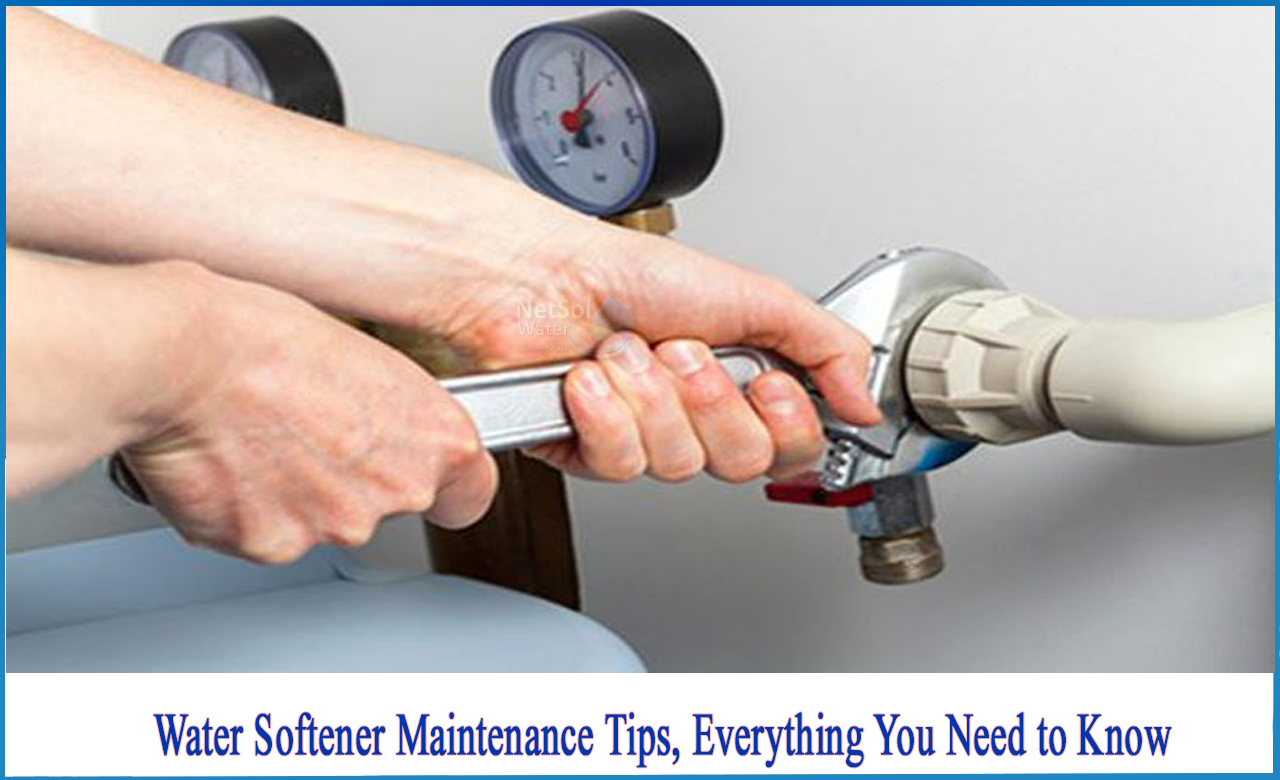'Hard' water contains high levels of calcium and magnesium, which cause lime scale build-up and interfere with soap's cleaning ability. A water softener system is an essential household appliance in certain geographical areas. Modern water softeners can last for years with little maintenance, but regular inspections and cleaning will extend their life.
Is It Important To Maintain A Water Softener?
It is critical to understand how to keep the Water Softener system clean in order to extend the life of your water softener. While a few homeowners with specialised skills can install their own water softener, hiring a professional to do the installation is the best option for efficient operation and warranty integrity.
A water softener, once installed, can be easily maintained by the homeowner with a little know-how and periodic cleanings. Water softener maintenance costs should be kept to a minimum if any problems are addressed promptly.
Water softener suppliers typically offer maintenance packages with reasonable annual fees for regular servicing, making owning a high-performing, long-lasting water softener system simple.
MAINTENANCE OF A WATER SOFTENER
1-BRINE TANK SHOULD BE CLEANED: Remove any salt and sludge from the bottom of your brine tank while it is empty. After rinsing the tank with a water hose, dislodge residue with a shovel and allow the wet vacuum to remove all sediment.
After the sludge has been removed, scrub the tank's interior with a solution of water and dishwashing detergent. Rinse it thoroughly before reinstalling the tank. Fill the tank with fresh salt and about 3 gallons of water. Set your system to begin a regeneration cycle the following night.
2-RESIN TANK SHOULD BE CLEANED:Experts recommend cleaning the resin tank every 6 months or so, depending on how much gunk accumulates in it. Cleaning the resin tank's bed will revitalise its softening capacity, ensure the proper operation of all system components, and even improve the taste of your water.
There are a variety of resin cleaners available in the market. Check with your manufacturer for the best resin cleaner for your system, then carefully follow the instructions on the cleaner package.
3-SANITIZING THE SOFTENER: Sanitizing the entire water softener system is simple. Because it works with greensand, zeolite, and polystyrene resins, most people use bleach (5.25 percent sodium hypochlorite). Check your manufacturer's website for specifics, but a general rule of thumb is to use 1.2 fluid ounces of polystyrene resin per cubic foot and add it to the brine before backwashing the system. The bleach will dissolve and enter the resin tank during the brining cycle. The regeneration cycle will then be started.
Allow the bleach to saturate the resins for at least 1 hour to ensure thorough sanitization, then thoroughly rinse the resin bed.
4-VENTURI VALVE SHOULD BE CLEANED: To ensure that your water softener works properly, keep your venturi valve clean of sand, sediment, and dirt. Water is sucked from the brine tank by the venturi and nozzle during regeneration, so it should be cleaned with soapy water twice a year, or whenever the brine tank becomes clogged.
Remove the parts for a thorough cleaning by unscrewing the valve cover. To avoid injury or damage to parts, make sure to relieve water pressure before disassembling anything.




